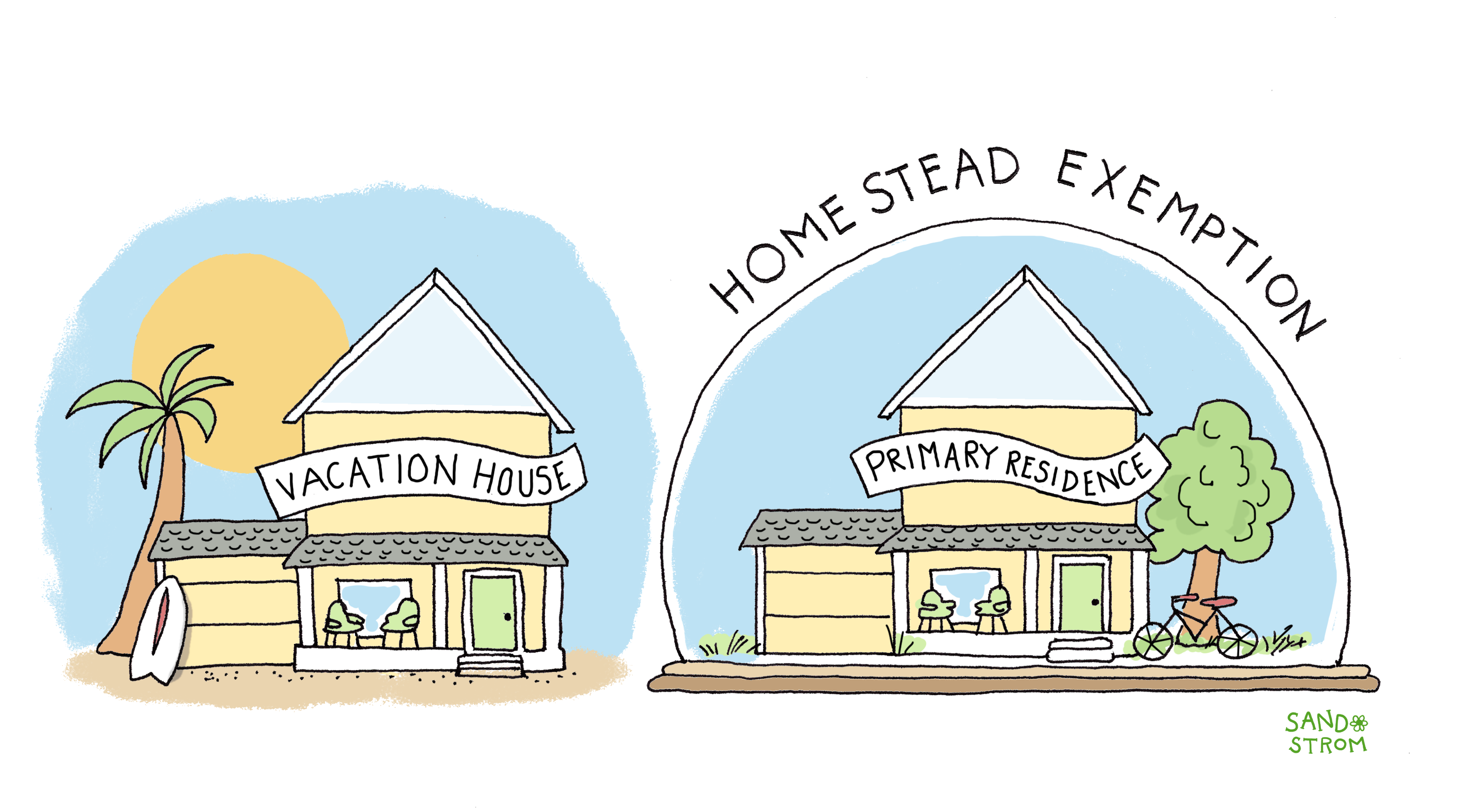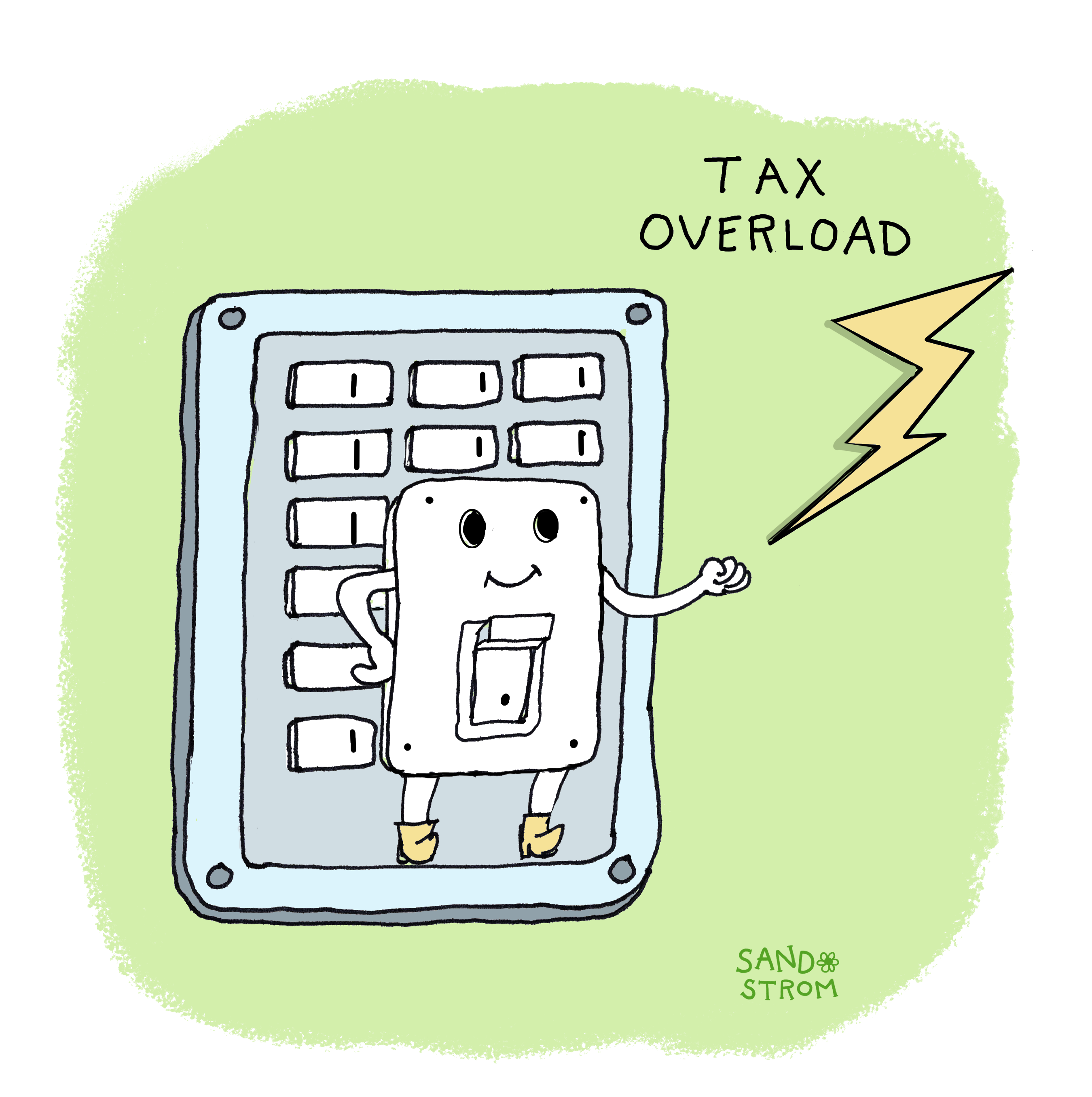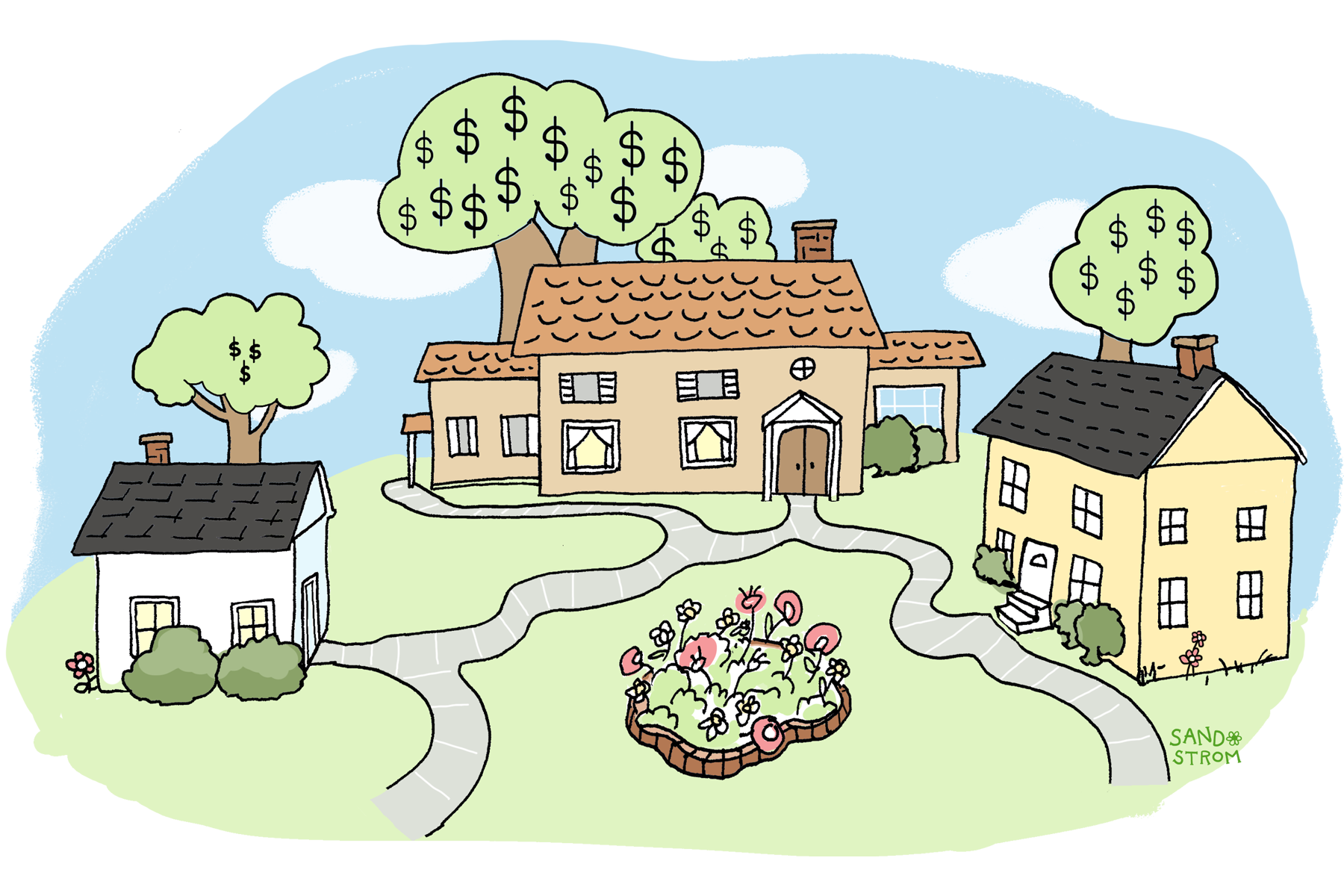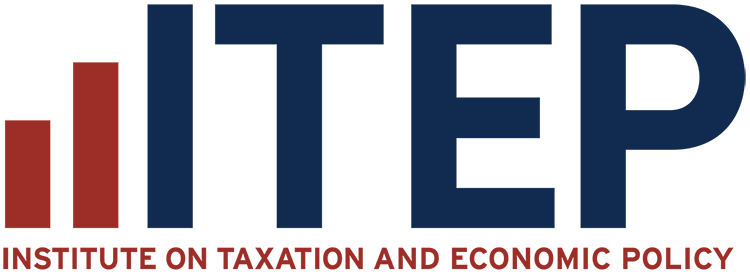To reduce the cost of property taxes for homeowners and renters, many places offer homestead exemptions, circuit breakers, and deferrals.
Such provisions are more cost-effective alternatives to broad tax cuts or tax limitations.
Property taxes are the most important source of revenue for local governments and crucial for adequately funded schools, roads, public safety, and other services. Depending on the jurisdiction, half or more of these taxes may be paid by residents, that is, by homeowners and by the owners of rental properties who typically pass a portion of the tax through to their renters in the form of higher rent. For lower- and middle-income homeowners and renters, property taxes can represent a particularly large share of income. Sometimes policymakers propose sweeping tax cuts or tax and expenditure limits to reduce residents’ taxes, but programs like homestead exemptions, property tax circuit breakers, and deferrals are more effective and less costly to state and local governments.
Homestead Exemptions

Homestead exemptions reduce property taxes by excluding a portion of a home’s value from taxation if the house serves as the owner’s primary residence.
There are two main types of homestead exemptions:
- Flat dollar exemptions, the most common type of exemption, subtract a fixed amount from a home’s taxable value, offering the most help to low-income homeowners, for whom the savings represent a larger share of both property taxes and income.
- Percentage exemptions reduce a home’s taxable value by a given percentage, so the exemption is greater for more expensive homes.
Exemptions typically are available to both wealthy and non-wealthy homeowners, but they are particularly beneficial to the owners of less expensive homes; a $10,000 homestead exemption reduces property tax by 10 percent for the owner of a $100,000 home but only by 1 percent for the owner of a $1 million home.
This approach is modestly progressive and benefits residents rather than businesses, but it has some flaws. Homestead exemptions provide no help to renters, even though renters often have low incomes and pay property taxes through higher rent.
Moreover, even if the exemption is established at the state level, the cost typically is borne by local governments, in which case communities with modestly priced houses will take the largest hit as a share of their budget – for the same reason that the owners of modestly priced houses get the largest benefit. States that enact homestead exemptions should provide aid to localities to make up the difference so that those places don’t have to reduce services or raise other taxes.
Circuit Breakers

A better-targeted approach than a homestead exemption is a circuit breaker. Just as a circuit breaker in your house protects against electrical overload, a property tax circuit breaker protects a family from financial overload. When the family’s tax bill exceeds a certain percentage of its income, the circuit breaker reduces the amount owed.
Though most property taxes are collected at the local level, most circuit breakers are administered and funded on the state level, so communities don’t lose revenue for public services. Most are targeted at senior homeowners, but some allow non-seniors and/or renters to participate, which makes them more equitable.
Unlike homestead exemptions, circuit breakers undertake a direct measurement of each family’s ability to pay property tax – as measured by their income – and calibrate the credit or rebate to ensure that their final net tax bill is affordable. This precision in measuring what constitutes an affordable property tax bill also helps to hold down the cost of circuit breakers relative to more sweeping, less targeted alternatives.
Property Tax Deferral
Some states and localities allow homeowners who cannot afford their property tax to postpone the payment of the tax bill until the house is sold, which may be years into the future. When the house is sold, the deferred taxes plus interest are paid out of the proceeds of the sale.
Most of these programs are targeted to seniors because they are more likely to have significant home equity and to be housing-rich but income-poor. But younger homeowners early in their careers can benefit as well if such programs are universal.
A deferral program allows cash-strapped homeowners who may have significant equity in their homes to contribute to the cost of public services in their community. To be effective, such programs must overcome homeowners’ natural resistance to taking on more liability; they require outreach and civic engagement to help homeowners learn about their options when it is time to pay property taxes.
Related Entries

How Do Real Property Taxes Work?
Property taxes on land and buildings are the oldest and still the largest major revenue source for state and local governments. They fund schools, health care, public safety and other services. They are collected mostly by cities, counties, school districts, and other types of local government, but states typically set the rules for assessing the value of property and imposing the tax, with major implications for tax fairness and adequacy.

How Do State Tax & Expenditure Limitations Work?
A Tax and Expenditure Limit (TEL) is a formula written into state law or into a state constitution that caps revenue and spending of a state and locality. These measures can undermine governmental accountability, degrade essential public services, and create inequitable tax burdens.

How Do State Tax Credits for Workers and Families Work?
State-level Earned Income Tax Credits (EITCs) and Child Tax Credits (CTCs) help workers and families make ends meet by reducing their taxes and providing refunds. Research shows these credits are very effective at reducing poverty and creating more equitable tax systems.
Learn More
- Davis, Carl, and Brakeyshia Samms (2023). “Preventing an Overload: How Property Tax Circuit Breakers Promote Housing Affordability.” ITEP.
- Langley, Adam H., and Joan Youngman (2021). Property Tax Relief for Homeowners. Lincoln Institute of Land Policy.

